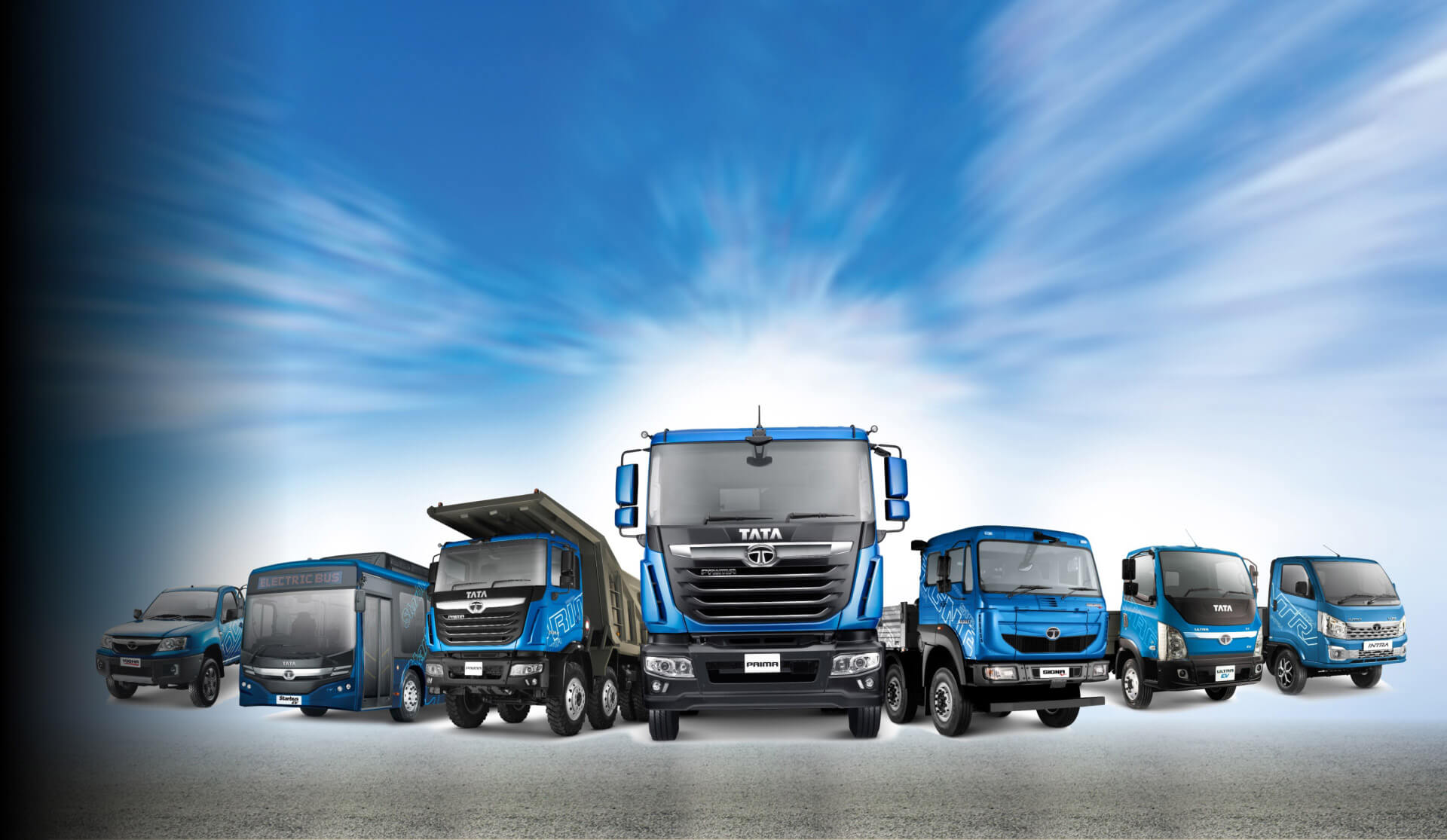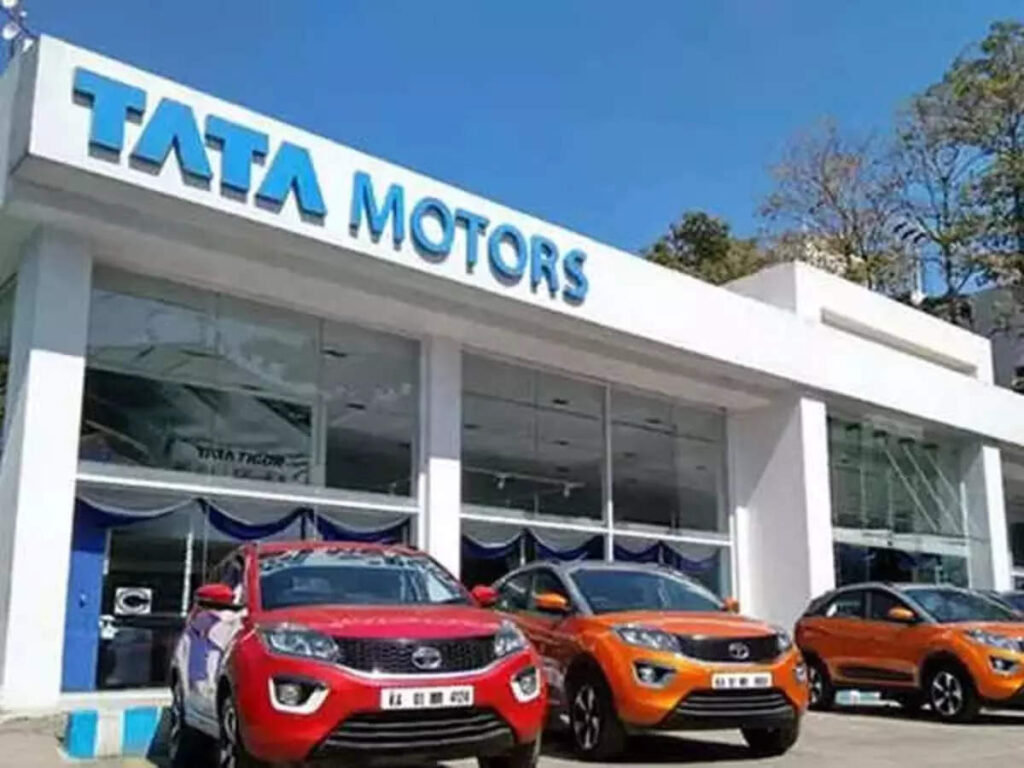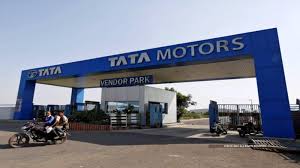Tata Motors merger : The board of Tata Motors has approved the proposal to split the company into two separate listed entities. The merger will give rise to two companies – a commercial vehicle business and a passenger vehicle business, the company said in a statement.
The automaker said the commercial vehicle business will be housed in one unit while the passenger vehicle business will be part of another unit.
Table of Contents
Tata Motors merger

company said, “The demerger will be implemented through the NCLT scheme of arrangement and all shareholders of TML will continue to have equal shareholding in both the listed entities.”
In the commercial vehicle (CV) and passenger vehicle (PV) businesses, there are considerable synergies to be harnessed across PV, EV, and JLR, particularly in the areas of EV, autonomous vehicles, and vehicle software, which the demerger will help secure.
“The demerger is a logical progression of the subsidiarity of the PV and EV businesses undertaken in early 2022 and will empower the respective businesses to pursue their respective strategies to deliver higher growth with greater agility while strengthening accountability.
importance of demerging

The chairman of Tata Motors said, “This will result in a better experience for our customers, better growth prospects for our employees, and better value for our shareholders.”
Tata Group Chairman N Chandrasekaran said the company’s three automotive business units are now operating independently and performing consistently. He said the demerger will help all three companies utilize opportunities with better focus and agility.
history of tata motors

Tata Motors was established in 1945 as a locomotive manufacturer. The Tata Group entered the commercial vehicle sector in 1954 after forming a joint venture with Germany’s Daimler-Benz, in which Tata developed a manufacturing facility in Jamshedpur for Daimler lorries. By November 1954 Tata and Daimler produced their first goods carrier chassis at their Jamshedpur plant with a capacity of 90–100 hp a।nd 3–5 tonnes.
Entered the passenger vehicle market by launching the Sierra. Tata later launched the Tata Estate (1992; a station wagon design based on the earlier Tata Mobile), the Tata Sumo (1994, a 5-door SUV), and the Tata Safari (1998).

